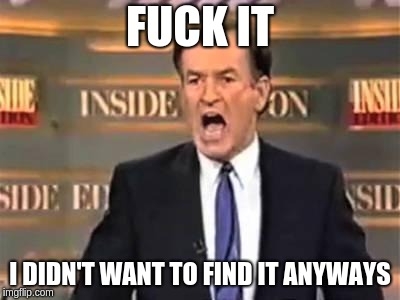Please subscribe to the official Codeforces channel in Telegram via the link https://t.me/codeforces_official.
×
→ Pay attention
→ Streams
→ Top rated
| # | User | Rating |
|---|---|---|
| 1 | tourist | 3880 |
| 2 | jiangly | 3669 |
| 3 | ecnerwala | 3654 |
| 4 | Benq | 3627 |
| 5 | orzdevinwang | 3612 |
| 6 | Geothermal | 3569 |
| 6 | cnnfls_csy | 3569 |
| 8 | jqdai0815 | 3532 |
| 9 | Radewoosh | 3522 |
| 10 | gyh20 | 3447 |
→ Top contributors
| # | User | Contrib. |
|---|---|---|
| 1 | awoo | 161 |
| 2 | maomao90 | 160 |
| 3 | adamant | 157 |
| 4 | maroonrk | 154 |
| 5 | -is-this-fft- | 148 |
| 5 | atcoder_official | 148 |
| 5 | SecondThread | 148 |
| 8 | Petr | 147 |
| 9 | TheScrasse | 145 |
| 9 | nor | 145 |
→ Find user
→ Recent actions
This question was featured in a ICPC Regional Contest. To summarize briefly, it gives a string consisting of 3 possible letters, 'I' (which stands for increasing), 'D' (decreasing) and/or '?' (both 'I' or 'D') to represent two consecutive numbers of an n-permutation (1 to n). Ex. the string 'IID' can fit the 4-permutations {1,3,4,2}, {1,2,4,3} and {2,3,4,1}. The task is given a string, find the number of possible permutations that fit the string in mod 10^9 + 7.
A working solution is found here. Can someone please clarify the recurrence relation to solve this dp?
Codeforces (c) Copyright 2010-2024 Mike Mirzayanov
The only programming contests Web 2.0 platform
Server time: Jul/22/2024 11:16:03 (l3).
Desktop version, switch to mobile version.
Supported by
User lists


| Name |
|---|











